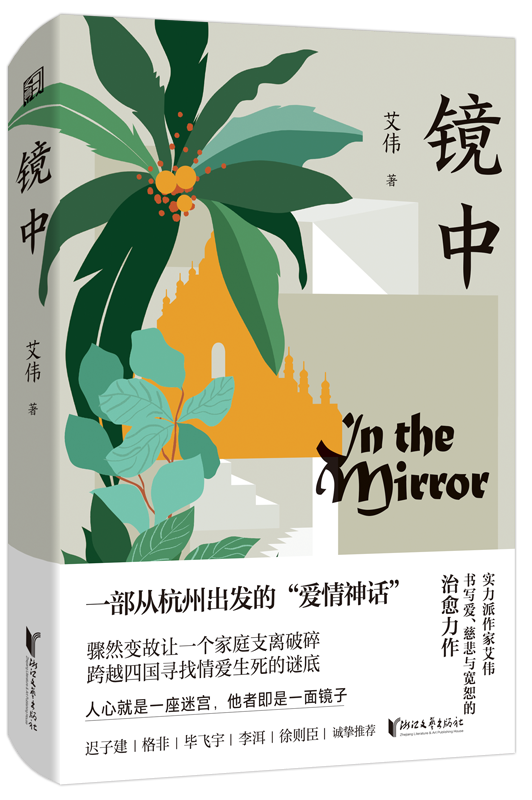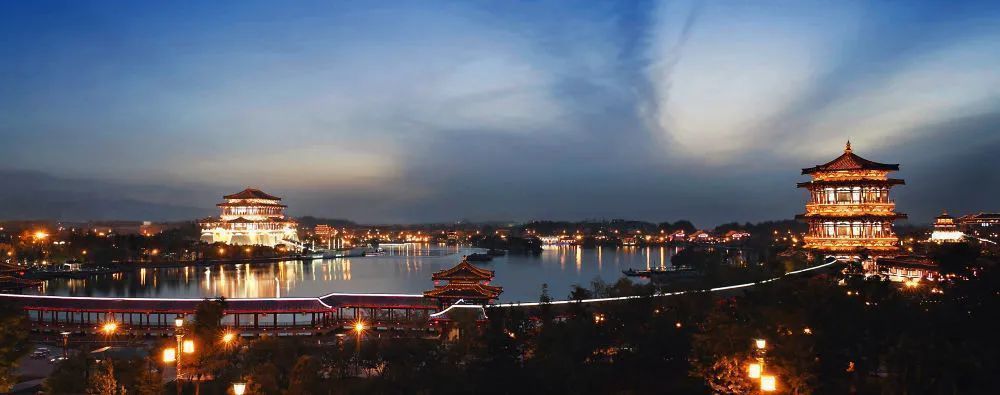Reading | All people in the mirror
Author:Report Time:2022.09.25

(Source: Visual China)
The metaphor of "mirror" has eternal vitality in literature and art, which is probably because of "watching" that is "mirror". People observe the world and understand others are often looking for themselves in the outside world, but they are just seeing the shape of self -projection. "Writing" means the shadow in the mirror: art is the image of life, reflecting the author's understanding of life. It can be said that there are "me", "outside me", and the same contrast, and the mirror can be seen. "Mirror" is self -examination and self -awareness. Throughout their lives, they are hovering in the mirror, reading life or art, and seeking a set of narrative methods about self, as well as the outside world.
This is especially the case for artists with self -rewarding and self -pitying. Zhuang Runsheng, the protagonist of "Mirror", is such a tracer in the wandering mirror. The tragedy at the beginning of the novel is a great stick, which shattered the original and comfortable life, and forced him into the soreness of self -blame and emotion. Runsheng needs to find all the explanations for all: how to set up the grief of the death of children, how to arrange the position of Yi Rong, Zishan and himself in this tragedy. He must complete the explanation in order to restart life. "In the Mirror" tells the pain and pursuit of people's pain in the predicament.
For example, Ai Wei wrote on the title page "symmetrical has an unparalleled beauty", and "Mirror" carefully constructed multiple mirror structures. The characters are arranged in a mirror: Runsheng and Yi Rong separated on both sides of the mirror, Zishan and Shiping also constitute a mirror relationship; and Runsheng and Shiping, Yi Rong and Zishan also compare each other. In addition to this subject structure, there are many other details that echo the "mirror" in the novel. The "symmetrical" lifting method subtly rewrite the meaning of "in the mirror": Who is in the mirror, who is outside the mirror? In each chapter, the narrative perspective is constantly switching. Different characters have their own lives. They have different understanding of each other and their understanding of core events. The novel is constantly reminding the existence of "mirror", and readers can easily discern the eyes of mutual review between characters.
At the same time, the "mirror" also points to another set of control relationships that run through the book: Runsheng's life and the art of Runsheng -including his architectural design and the animation with Zishan. The novel strives to establish a connection between life experience and artistic understanding: the thoughts and creativity of art originated from the understanding of life, from the need to explain the difficulty of explaining things in life, and from the impulse to treat the pain of the soul. When Runsheng finally can integrate these life experiences, he can watch the animation that was finally completed by Zishan, giving it a new understanding of "tranquility and touching"; to complete the design of the dojo, so that it has a complex and solemn texture.
Death and love are sufficiently complicated propositions. "In the Mirror" attempts to use this hole to explore people's hearts. The occurrence of disasters has made all dark things have nothing to do, forcing them to examine the impurities in emotional relationships and self -cognition. The interview in the appendix is also a staple: "This is the story of thinking and reconstruction above the ruins." Is the "reconstruction" completed? The ending of the novel is that Run Sheng was enlightened by a light and chose to forgive.
Can the form of art really save the pain of the world? Can the epiphany love and forgiveness and the tone of thousands of sails wake up, can it give all the grievances a reasonable explanation? Runsheng's final discovery seems to be justified of personnel. After the secrets of Shiping and Yi Rong, Runsheng seemed to have fully achieved the status of morality higher than Shiping (is this not surprising?), Shiping actually redeemed the "crime" with death (Shiping became Yi Rong has become Yi Rong has become Yi Rong has become Yi Rong has become Yi Rong. Mirror). Just as the former Runsheng died in the pain of bereavement, he seemed to die with Runsheng's sense of guilt, so that Runsheng was able to pack those complex entanglements into the deep sea, and then tell the story of a Buddha statue. Forget everything and start again. Architectural art or animation is just a set of ways to console conscience.
When "Mirror" is presented as a novel, it is no longer the book who plays the reviewer, but the reader -they share the author's omnipotent perspective. The complicated and exquisite mirror relationship between the novels described above, the people in the book cannot be seen completely. The author builds these mirrors, how about then? No mirror image is seen by Runsheng, so can they "illuminate" Runsheng? Perhaps the reader should also jump out of the novel to review the story: "Mirror" is also an illusion, it is a lie, and Runsheng has not really found a perfect ending. Faced with unsolvable human nature, love and grievances, all he can do is to give up the "nest" of thinking and hiding into the art. The so -called "enlightenment" is not very mysterious. This should be a story that is difficult to "complete" in the end.
Ai Wei seems to want to find a balance in the story of abstract philosophy and vulgar love. Car accidents, wedding changes, and four -corner love are originally common theme of popular novels. In "Mirror", he carefully wrote the inner world of the characters in literary language, abstracted with artistic experience, and tried to give novels to give novels to novels More delicate and deep texture. Choosing architectural designers, daughters of celebrities and animation producers as the main character is probably to cooperate with this way of writing.
"Mirror" is a novel fully controlled by the author. The story structure under the leadership of the "mirror" has strict symmetry. Coincidental and legend, destiny, and enlightened have become part of the story. The density described by the whole novel is so large, all people, affairs, and love are woven into text networks. The gorgeous metaphors almost filled with each gap, so that there are very few "blank" that requires readers to make up.
This exquisite writing dilutes the strong emotional appeal that the theme of "life and death and love" should have.It has a beautiful makeup, which is not caused by wind, but there is a crack that cannot be ignored with the perceptual daily experience.If you say good art, you should be able to say something unspeakable, and it should contain confusion and confusion, then the author should not forget the limitations of writing: the work is also like the shadow in the mirror, and the author is just a person who is the mirror."Mirror"

Ai Wei
Published by Zhejiang Literature and Art Publishing House
Author: Wu Weizhen
Edit: Kim Jiuchao
Editor in charge: Zhu Zilong
- END -
Zhengzhou has built and operated 79 cities study rooms

On August 27, the reporter learned from the press conference of Zhengzhou City in ...
Zhang Jinqiu | Save the Shengtang Meteorology with Love

Xi'an,The ancient capital of this once mountains and rivers, thousands of miles, t...